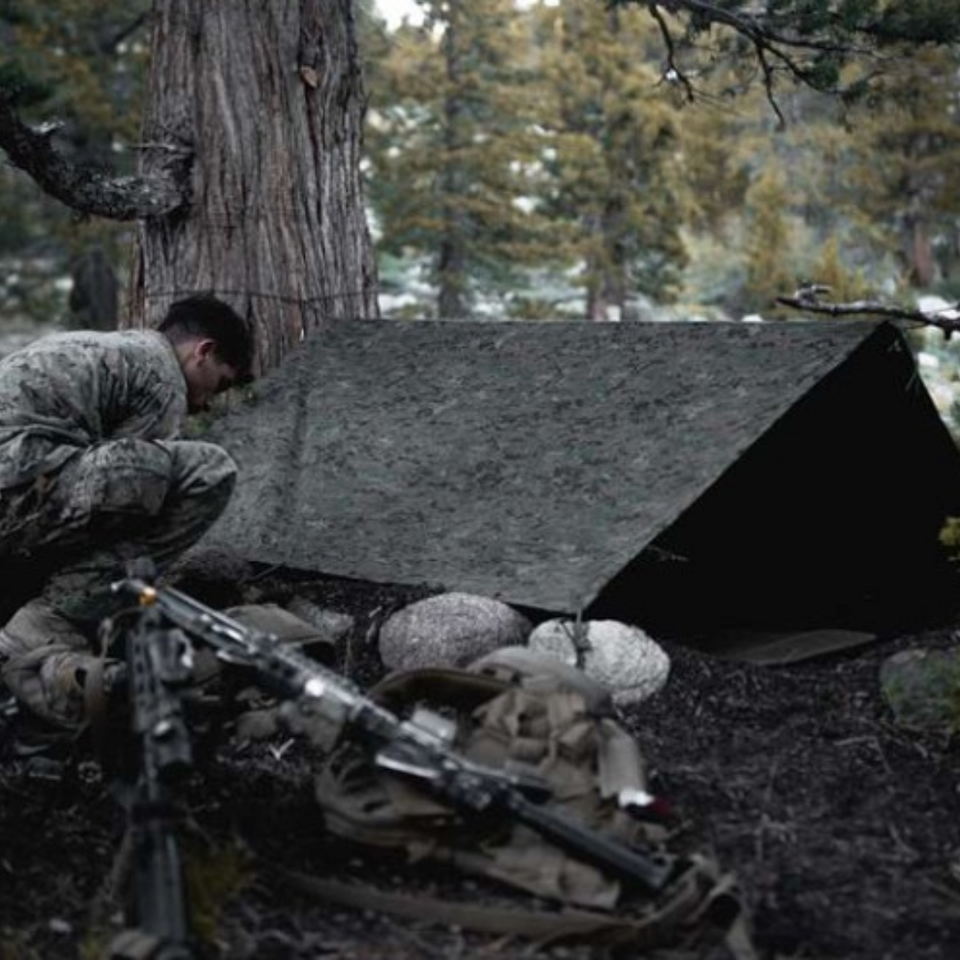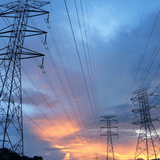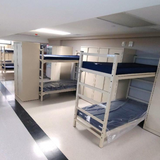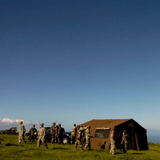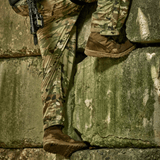Survival Shelter Location: Mistakes Even the Experts Make
You already know that you shouldn’t make a survival shelter under widow-maker trees, in a flood zone, below cliffs where falling rocks can hit you, or along wildlife trails. However, there are several more mistakes that can impact your comfort and safety when setting up a shelter. Here are the most common survival shelter location mistakes that even the experts make.
1. Not Testing the Ground
Have you ever set up your shelter, only to realize that there is a massive root jutting out of the ground at your sleeping area? Or that the ground is more slanted than you realized it was?
These issues can be easily solved by “testing” the ground before you set up the shelter. To do this, lie down on the area where you want to pitch. How does the ground feel? If it’s not ideal, test another spot until you find the perfect location.
2. Hiding Shelter in Too Much Shrubbery
Shrubbery is great for concealing your shelter. However, it can also make it hard for you to find your shelter –especially when using a camo shelter like the Combat One or MARPAT tarp. Yes, I’ve heard stories of bushcraft campers going just 200 yards from camp to get water and then not being able to locate their shelter again!
If you are going to hide your shelter in the shrubbery, make sure you mark it so you can locate it again, such as leaving “breadcrumbs” to find your way back or attaching glow sticks to it. Cyalume glow sticks are dirt cheap and have many other uses too.
3. Choosing the Wrong Elevation
In hilly areas, it isn’t always possible to find a flat area to make your shelter. In this situation, don’t make the mistake of putting your shelter too high because it will be windy. Likewise, don’t make your shelter too low because cold air sinks. Instead, put your shelter approximately ¾ of the way up a hill because it’s the right balance between the two options.
4. Not Factoring in Condensation
If you are sleeping in an enclosed shelter on a cold night, you run the risk of condensation forming in your shelter. This happens because the temperature inside of the shelter is warmer than the outside, causing water vapor to condense on the inner walls and roof of the shelter.
You’d be surprised at how much condensation forms on cold nights. The water droplets can rain on your head from inside the shelter!
To prevent condensation, set up your shelter:
Underneath a sturdy tree: The air underneath the tree will be warmer than out in the open, and condensation will gather more on the leaves than in your shelter. The key is sturdy. You don’t want to become victim to a widow-maker tree branch!
On higher ground: Cold, wet air sinks at night. This is why low areas like gorges are terrible for condensation. You are better off on higher ground.
Away from a water source: The moist air around rivers and streams makes condensation even worse.
5. Too Far Away from a Water Source
You shouldn’t set up your shelter right next to a water source, but you shouldn’t be too far away either. Otherwise, you run the risk of getting lost on your way back. You also waste a lot of energy trudging back and forth to get water.
You do have a good canteen for carrying water, right? If not, check out this bushcraft water kit.

